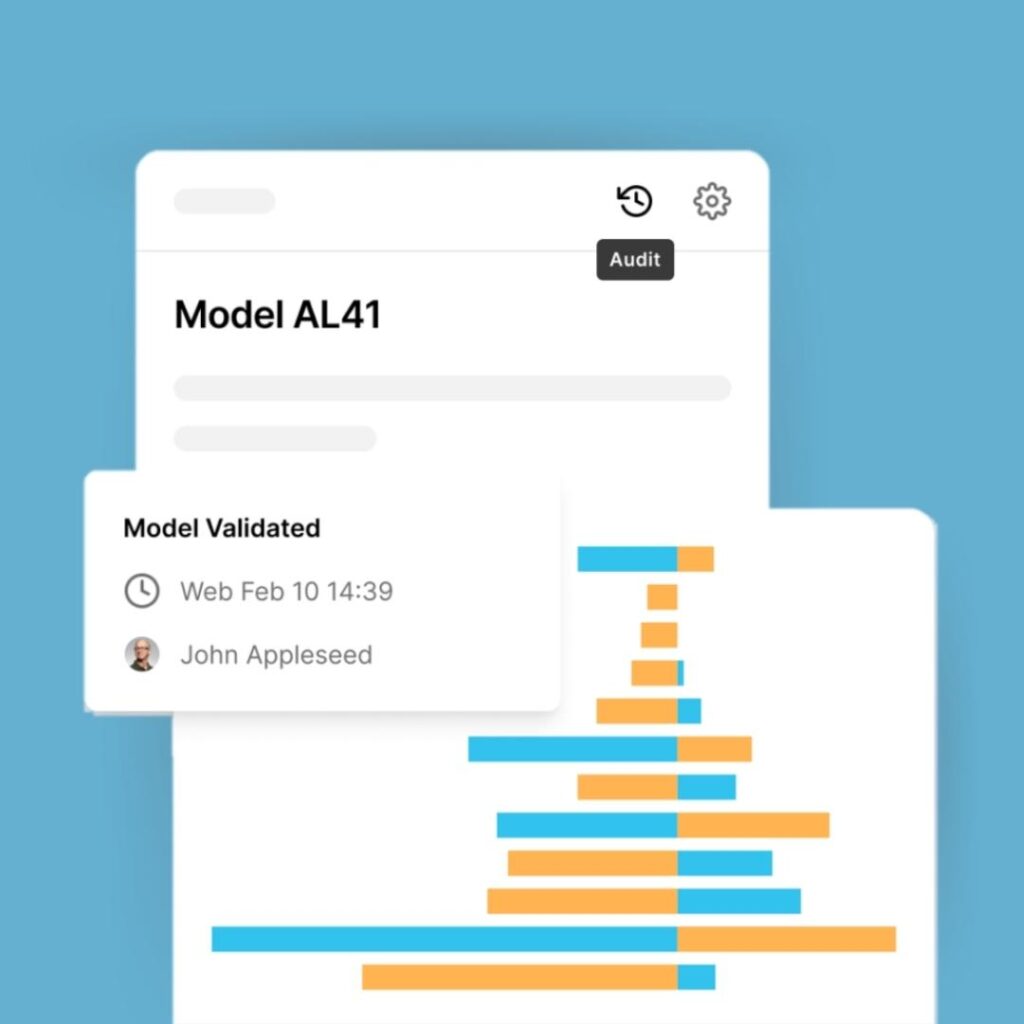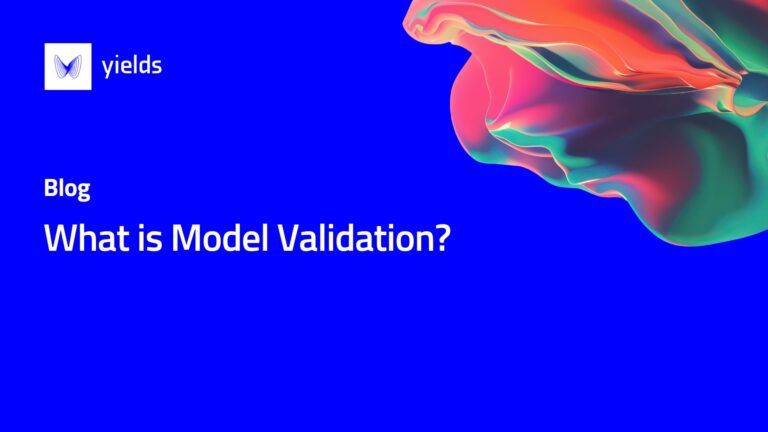Model validation is the set of processes and activities intended to verify that models are performing as expected.
According to the Supervisory Guidance on Model Risk Management (SR 11-7) issued by the FED, this is defined within the regulatory guidance as “the set of processes and activities intended to verify that models are performing as expected, in line with their design objectives and business uses. Effective validation helps ensure that models are sound. It also identifies potential limitations and assumptions, and assesses their possible impact.”
Therefore, during model validation, we verify that the model executes correctly. A typical validation process consists of the following aspects:
Model performance is often analyzed on historical data, which we call backtesting. However, best-practice model validation should also include the evaluation of models on novel (synthetic) scenarios to understand under what conditions the model ceases to function correctly. This is done, for instance, in stress-tests.
The deliverables of a model validation process are:
A model has to be revalidated when:
Many validation procedures contain the determination of the so-called model risk tier. This is a discrete indicator that summarizes the amount of model risk carried by the model under validation. The model risk tier is computed by combining both qualitative and quantitative features. Qualitative features include model complexity or regulatory impact. Quantitative features include e.g. model performance and robustness against outliers.
Scale your model risk management
Learn how technology can transform how you and your team manage model risk.





